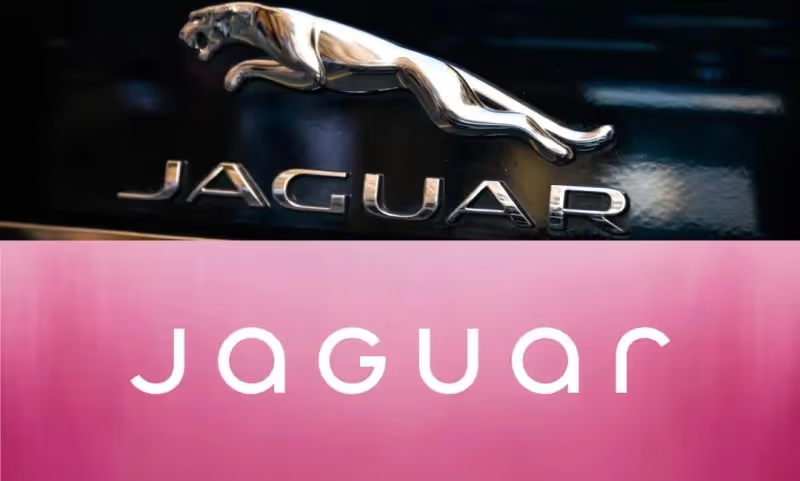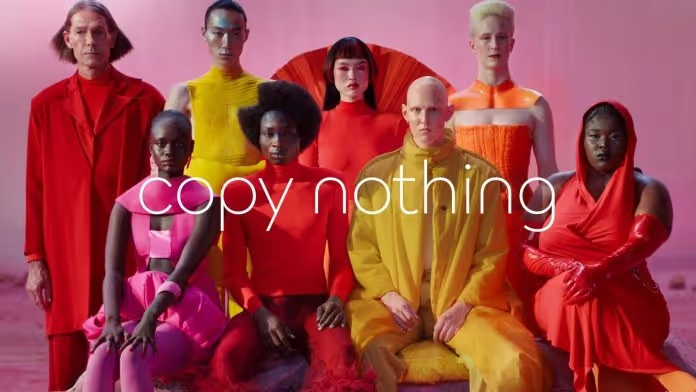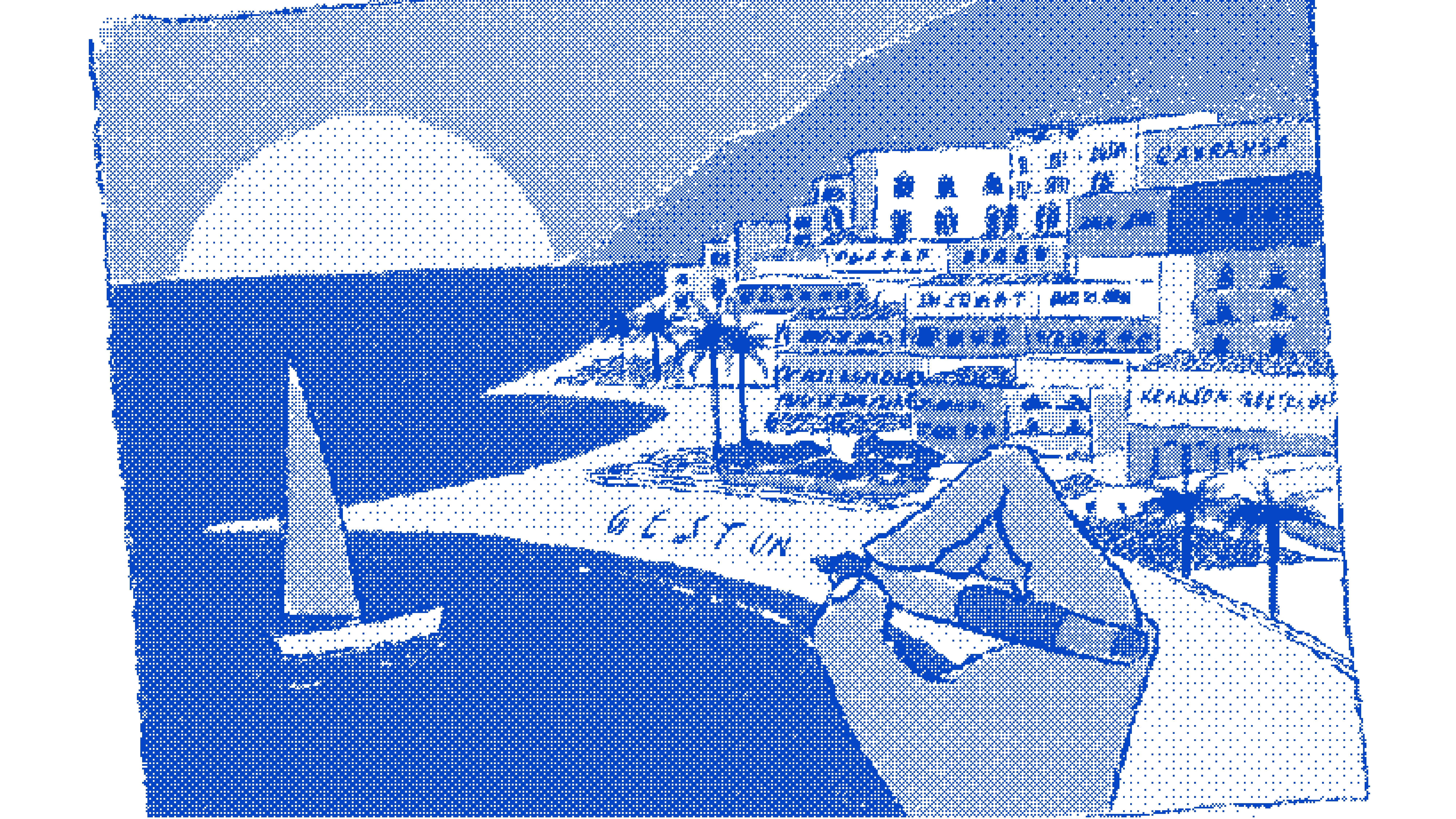The rebranding of Jaguar, launched in 2024, will go down as one of the most polarizing efforts in the automotive industry. Behind this transformation, the role of the agency—namely Accenture Song, supported by the in-house agency Spark44—was pivotal, both in terms of ambition and in navigating risks and public reactions.
A Radical Repositioning Orchestrated by the Agency

Jaguar aimed to reinvent itself as a 100% electric and ultra-luxury brand, embracing a bold visual and narrative shift: a new logo, the slogan "Copy Nothing", and a campaign that featured no cars but rather avant-garde models. The objective was clear: attract a younger, urban, and affluent clientele while breaking away from the brand’s traditional image.
Even the product line (the cars themselves) followed this disruptive logic.
This repositioning, conceived and led by Accenture Song, relied heavily on a tech-driven, data-informed vision that promised an innovative brand experience. However, the campaign quickly drew a wave of criticism, with many calling it overly conceptual, disconnected from Jaguar’s DNA, and lacking emotional resonance with its loyal customer base.
When the Agency Becomes the Catalyst for Backlash
Public and media reaction was swift: confusion over the absence of vehicles in the ads, rejection of the new logo and styling, and widespread mockery on social media. Even figures like Elon Musk mocked the strategy, summing up the discomfort with a sarcastic, “Do you sell cars?”
In response to the backlash, Jaguar defended the agency’s creative choices while acknowledging the cultural shock was intentional. Nevertheless, the intensity of the criticism led Jaguar to initiate a global review of its creative agencies—a clear sign that the partnership with Accenture Song may be under scrutiny in the near future.
Lessons from Other Rebrandings: Successes and Failures
Marketing history offers many similar case studies. Brands like Burberry and Old Spice successfully transformed themselves thanks to a coherent strategy, an ear to the public, and a strong connection to their brand heritage. Conversely, Tropicana and GAP failed by pushing changes that were too radical and disregarded the emotional ties customers had to certain visual elements or brand values.
The Agency's Crucial Role in Rebranding Success or Failure

Whether acting as strategic partner or creative executor, the agency always plays a vital role. That said, the final decision always lies with the client. So rather than assigning blame or praise, the key takeaway is that successful collaboration is rooted in strong, aligned relationships.
To succeed, an agency must:
1. Deeply Understand the Brand’s DNA and Its Customers
This immersion phase—too often sacrificed for budget reasons—is essential. Without it, creative work lacks depth and resonance.
2. Propose an Innovative Yet Respectful Vision
Disruption for its own sake rarely works in consumer markets. If radical change is needed, create a new brand entirely. In legacy brands, it’s the journey—not the rupture—that matters.
3. Involve All Stakeholders in the Process
Internal teams are your first customers. If they don’t buy into the project or can’t explain it, success is out of reach. Again, this step is often cut for cost reasons but is what separates great agencies from the rest.
4. Listen to the Market and Adapt the Strategy
We live in the era of conversation. Iteration is healthy for strategic projects. This doesn’t mean abandoning your vision at the first sign of criticism, but rather adjusting while staying true to the brand. After all, customers rarely have the full vision.
In Jaguar’s case, the agency succeeded in generating global buzz—but the drastic shift and lack of clear explanation undermined public acceptance. While the buzz was impressive, the lack of a rebound strategy revealed weaknesses in brand management. This case serves as a reminder that creative boldness must be paired with active listening and a thoughtful transition to avoid turning disruption into rejection.
Conclusion
Jaguar’s rebranding shows that the success of such a bold transformation depends as much on the agency’s vision as on its ability to anticipate and support market reactions. But let’s not forget: the client always has the final say and bears the business impact. In this case, the relationship dynamics seemed complex. There was little sign of solidarity between stakeholders, and media now report a rift between the two parties. From the outside, it looks like the project lacked a true conductor—someone who could unify vision and execution. And that leader could come from either the agency or the client side.



